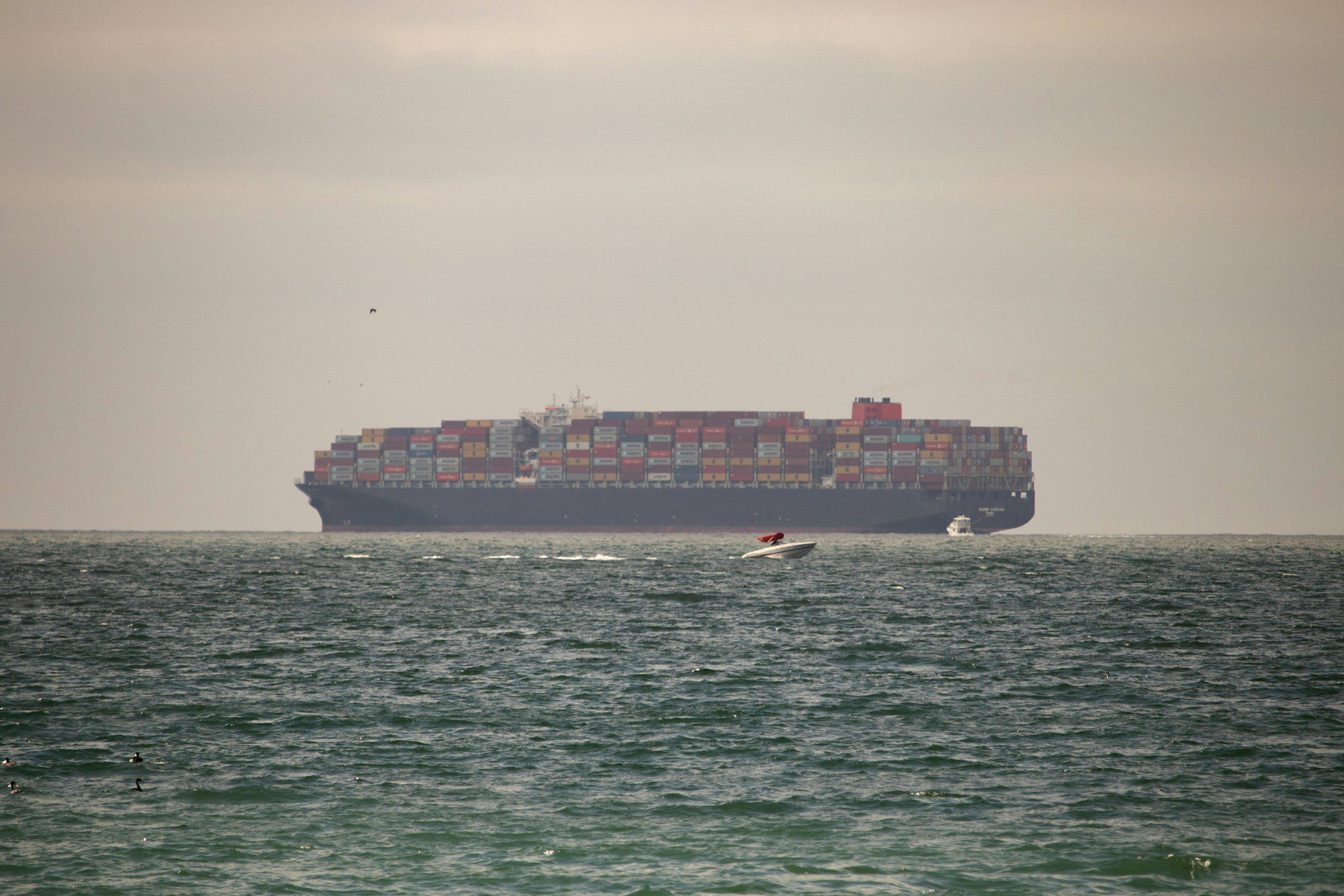
Companies Brace for Impact of New Forced Labor Law
Credit…Erin Schaff/The New York Times
Billions of dollars could be at stake as a law banning imports of some products from China goes into effect.
WASHINGTON — A sweeping new law aimed at cracking down on Chinese forced labor could have significant — and unanticipated — ramifications for American companies and consumers.
The law, which went into effect on Tuesday, bars products from entering the United States if they have any links to Xinjiang, the far-western region where the Chinese authorities have carried out an extensive crackdown on Uyghur Muslims and other ethnic minorities.
That could affect a wide range of products, including those using any raw materials from Xinjiang or with a connection to the type of Chinese labor and poverty alleviation programs the U.S. government has deemed coercive — even if the finished product used just a tiny amount of material from Xinjiang somewhere along its journey.
The law, called the Uyghur Forced Labor Prevention Act, presumes that all of these goods are made with forced labor, and stops them at the U.S. border, until importers can produce evidence that their supply chains do not touch on Xinjiang, or involve slavery or coercive practices.
